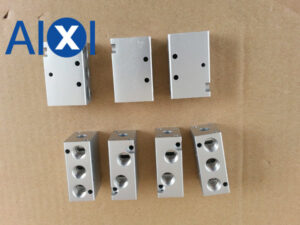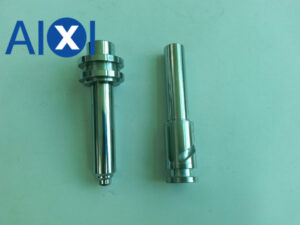With the help of oxidation treatment, metal materials can be given a bright appearance, excellent corrosion resistance, wear resistance, insulation and other characteristics, and then achieve various design requirements.
At this stage, the most common application is the oxidation treatment of aluminum alloys. Considering that the oxide film of aluminum has a fine structure, good adsorption, and is not easy to loosen, an oxidation technology is used to coat a fine oxide film to ensure that it will not continue to oxidize.
There are many oxidation processes of aluminum alloys, involving general oxidation, hard oxidation, anodization, etc. In particular, hard oxidation treatment is widely used in the surface treatment of piston rods, cylinders, cylinder linings, hydraulic cylinders, turbines, steam valves, transmission gears and other mechanical parts.
The electroplating process is a common surface treatment method for metal materials and non-metallic materials. It differs from the aluminum oxidation process in that it uses the item to be plated as a cathode, and the same metal material as the plated metal is used as an anode. The liquid is the solvent of the coating ions; after the current is input between the anode and the cathode, based on the charge effect, the anode ions are transferred to the cathode, and electrons are obtained at the cathode to accumulate on the material to be plated.

 Deutsch
Deutsch Français
Français 日本語
日本語 Español
Español

